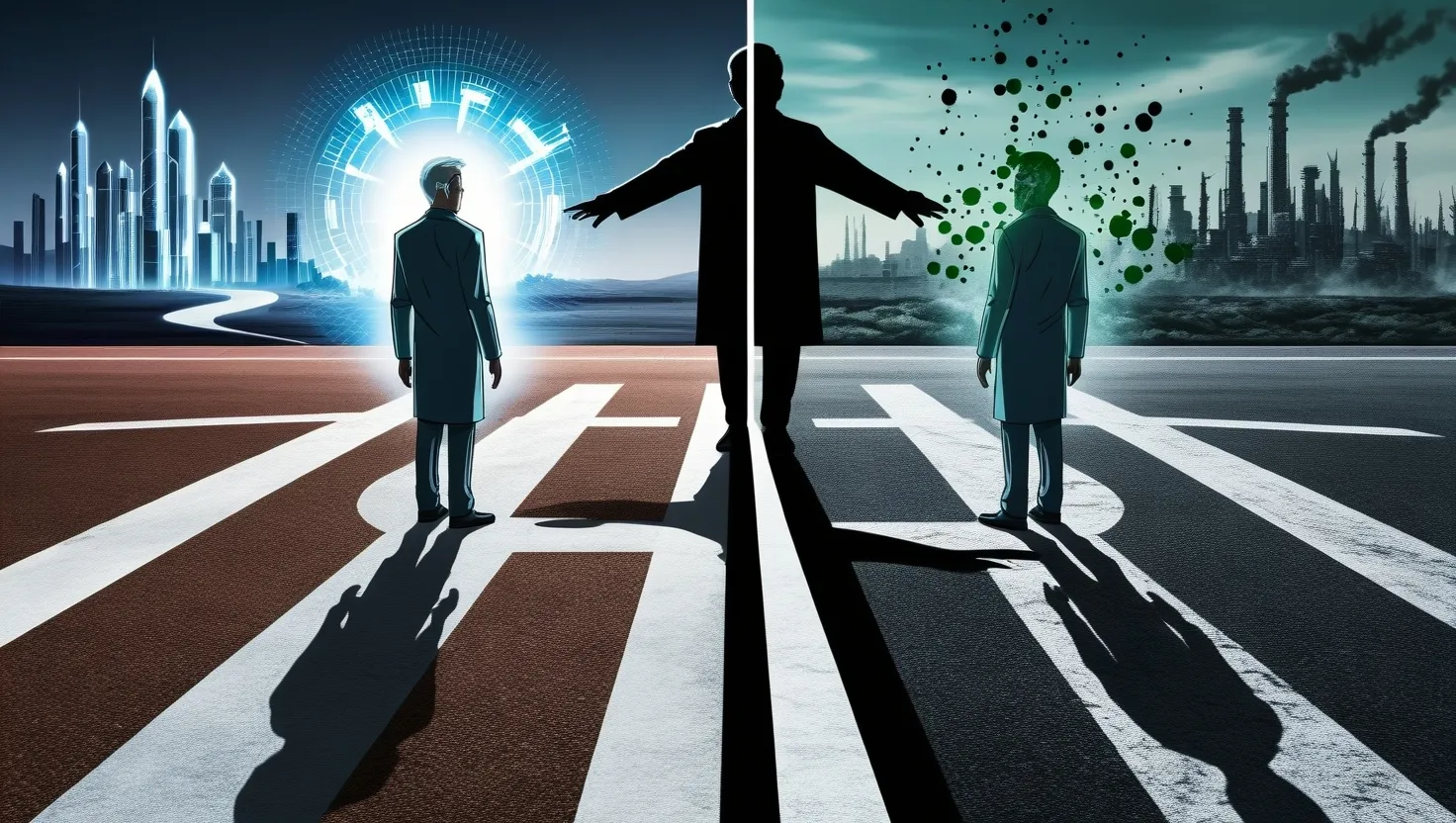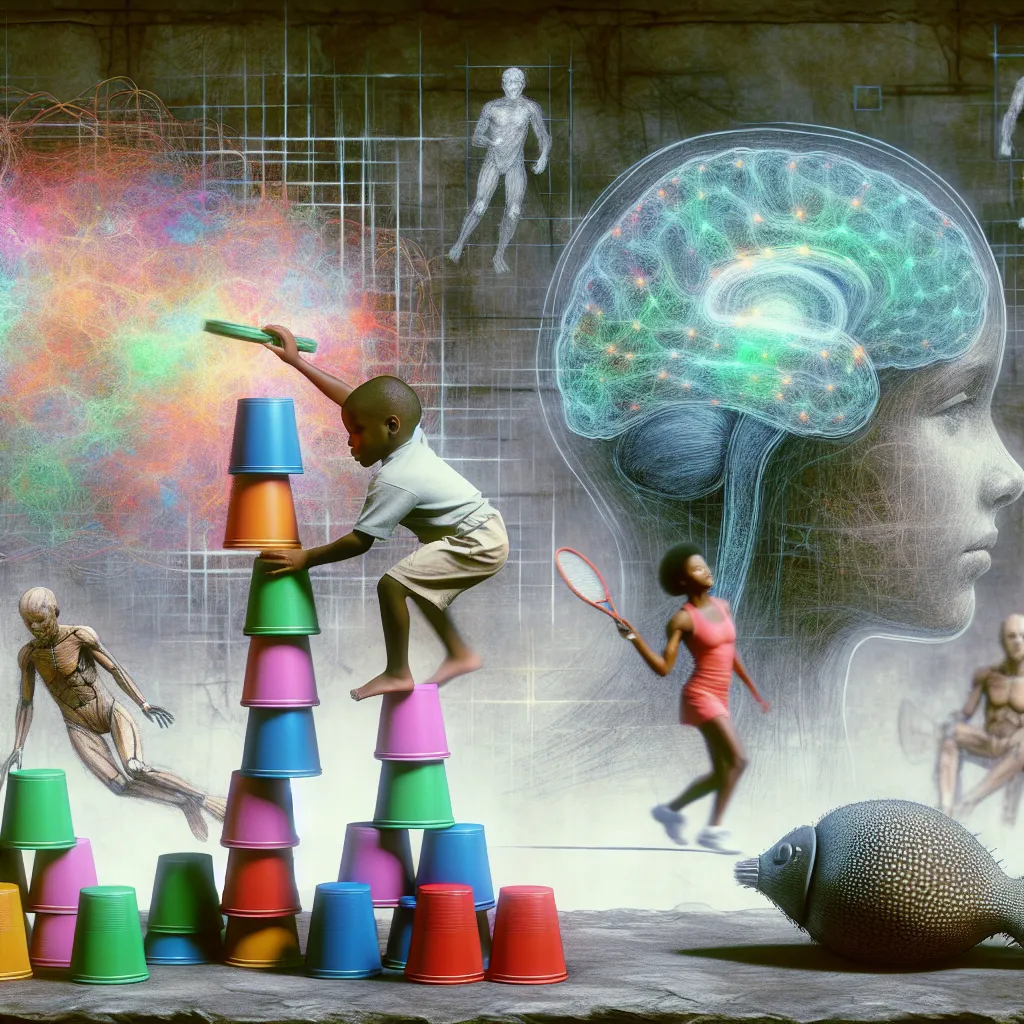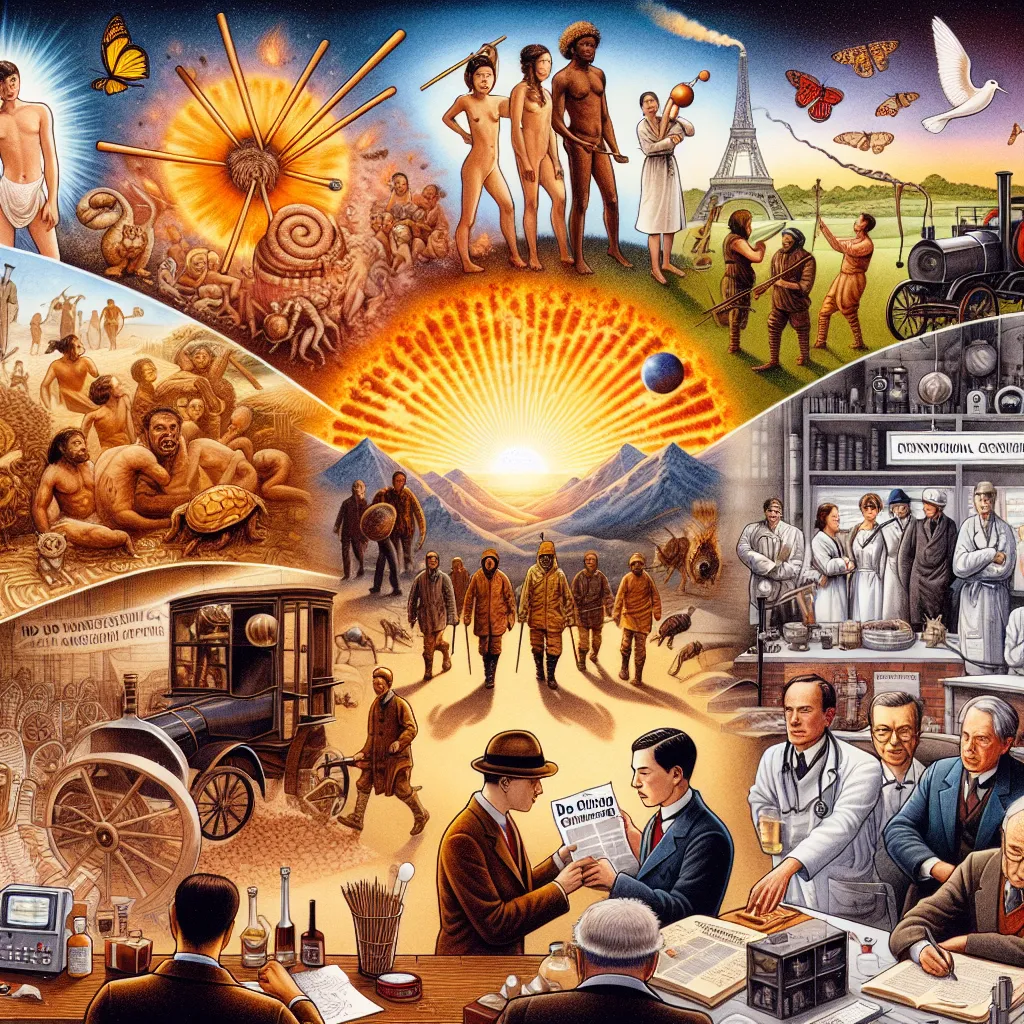As I reflect on the grand tapestry of scientific discoveries, it becomes clear that each breakthrough, no matter how revolutionary, carries with it a set of unintended consequences. These consequences, often hidden in the shadows of innovation, can reshape the world in ways both profound and unexpected.
Let’s start with one of the most pivotal discoveries of the 20th century: nuclear fission. The splitting of the atom, a feat achieved by scientists like Otto Hahn and Fritz Strassmann, opened the door to a new era of energy production. Nuclear power, touted as a clean and efficient source of electricity, has indeed lit homes and powered industries around the globe. However, this discovery also led to the development of atomic weapons, which have cast a long and ominous shadow over humanity.
The atomic bombs dropped on Hiroshima and Nagasaki in 1945 were a stark reminder of the devastating power that science can unleash. These weapons not only caused immediate destruction but also introduced the world to the concept of global fallout. Radioactive debris from these explosions rose into the stratosphere, spreading across the globe and leaving a lasting legacy of contamination. This unintended consequence has reshaped global politics, fostering an era of nuclear deterrence and Cold War tensions that continue to influence international relations today.
In a different realm, Alexander Fleming’s discovery of penicillin in 1928 was hailed as a miracle cure for bacterial infections. Penicillin revolutionized medicine, saving countless lives and transforming the way doctors treated diseases. Yet, this breakthrough also had a darker side. The widespread use of penicillin and other antibiotics has led to the rise of antibiotic-resistant bacteria. These superbugs, capable of withstanding even the most potent antibiotics, threaten to return us to a pre-antibiotic era where simple infections could once again be deadly.
This issue is not just a medical concern but also an ecological one. The overuse of antibiotics in agriculture has contributed to the spread of resistant bacteria in the environment, creating a complex web of microbial resistance that challenges our ability to treat infections effectively. It’s a sobering reminder that even the most life-saving discoveries can have far-reaching and unintended impacts on our health and the health of our planet.
The invention of chlorofluorocarbons (CFCs) in the early 20th century seemed like a godsend for the refrigeration and aerosol industries. These chemicals were stable, non-toxic, and highly effective as refrigerants and propellants. However, their widespread use had a catastrophic effect on the ozone layer. CFCs, when released into the atmosphere, rise to the stratosphere where they are broken down by ultraviolet radiation, releasing chlorine atoms that destroy ozone molecules. This depletion of the ozone layer led to increased UV radiation reaching the Earth’s surface, posing significant risks to human health and the environment.
The global response to this crisis was unprecedented. The Montreal Protocol, signed in 1987, was a landmark agreement aimed at phasing out CFCs and other ozone-depleting substances. While this effort has been largely successful, it highlights the importance of considering the long-term environmental impacts of our scientific innovations.
In the realm of technology, the development of social media platforms has transformed how we communicate and consume information. These platforms, designed to connect people across the globe, have inadvertently contributed to a myriad of issues. Misinformation spreads rapidly through social media, often with dire consequences. Privacy concerns have become a major issue, as personal data is harvested and used in ways that users are not always aware of. Moreover, the constant stream of information and the curated highlight reels of others’ lives have been linked to mental health issues such as anxiety and depression.
Social media has fundamentally altered the fabric of our society, changing how we form relationships, consume news, and even perceive reality. While these platforms have brought many benefits, their unintended consequences underscore the need for responsible innovation and careful consideration of how technology shapes our lives.
Lastly, the Green Revolution of the mid-20th century was a response to the looming specter of global hunger. Through the use of high-yield crop varieties, pesticides, and fertilizers, agricultural productivity soared, helping to feed millions of people around the world. However, this revolution came with its own set of unintended consequences.
The intensive use of pesticides and fertilizers has led to significant environmental issues. Soil degradation and water pollution have become major concerns, as these chemicals alter the delicate balance of ecosystems. The loss of biodiversity is another critical issue, as monoculture farming practices replace diverse agricultural landscapes. These problems challenge the long-term sustainability of agriculture, raising questions about how we can feed a growing global population without degrading the planet.
As we look back on these scientific discoveries, it becomes clear that each breakthrough is a double-edged sword. While they bring immense benefits, they also carry unintended consequences that can shape the world in profound and often unexpected ways. It is our responsibility as scientists, policymakers, and citizens to consider these consequences carefully, ensuring that our innovations serve humanity and the planet without causing irreparable harm.
In the end, the story of scientific discovery is not just about the triumphs of human ingenuity but also about the complexities and challenges that come with progress. By acknowledging and addressing these unintended consequences, we can create a future where science and technology enhance our lives without compromising the well-being of our planet.






